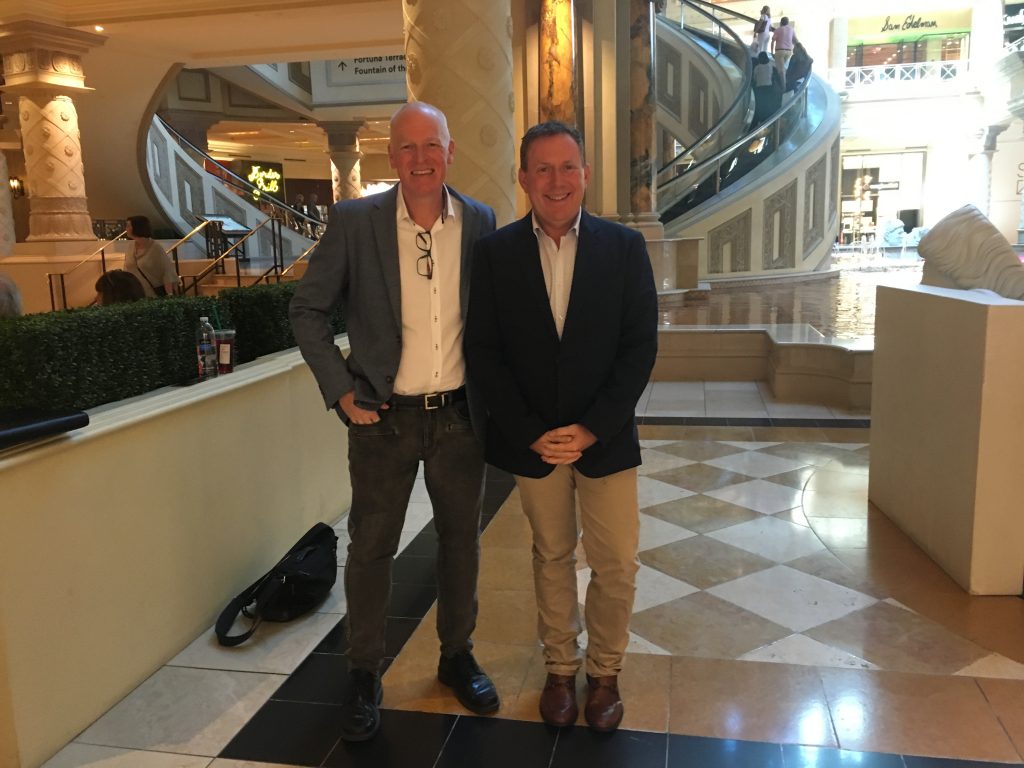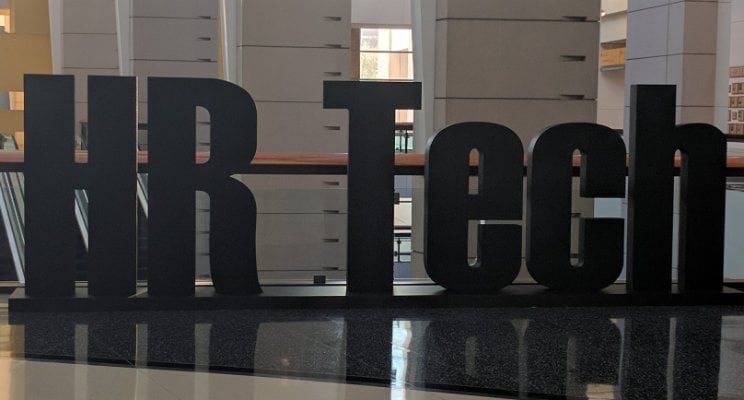What does 2018 have in store from Smart WFM?
Smart WFM is going to be an exciting place to be in 2018. Here are my top five things to watch out for from Smart WFM.

I recently attended the 20th Annual HR Technology Conference in Las Vegas. Although a difficult time for the citizens of Nevada and further afield in America, it was an opportunity for us all to stand together in solidarity with the people of Las Vegas and lend them our support and encouragement. #VegasStrong.
For those wishing to keep their finger on the pulse of the HR world, HR Tech is the place to be. Attendees have the chance to get up to speed on the current trends in HR Technology, get a glimpse into the future industry advances on the horizon and access some of the most powerful thought leadership and entrepreneurship in the HR field.
As I prepare to release my new book “The Digital Workforce - The 5 Step Method to Smarter Workforce Management”, this event provided a great opportunity to test and improve my final copy, based on my observations during my week at the conference. It was great to hear the likes of Josh Bersin, Steve Boese, Bill Kutick, Ray Wang and many more deliver their insights and have my theories sharpened on the whetstone of the HR market. I also enjoyed catching up with Jason Averbook and the team from LeapGen at the event and given the high esteem in which I hold him, I was delighted when Jason also agreed to provide the foreword to my book.
In terms of innovation, the exhibition floor was awash with all kinds of technologies ranging from Artificial Intelligence, to advanced Machine Learning. From a buyers perspective the technology choices are significant. What was clear is that the big three HR Technology suppliers appear to be bolting on a number of point solutions that solve specific problems, to broaden their scope and deliver required business outcomes. In some ways it feels like a throwback to the late 90’s again, when ERP was consolidating and point solutions were being found to solve gaps that existed in core technologies. The main difference this time around is we’re undergoing this change in a digital age, which requires problem solving strategies in line with today’s digital thinking and taking place at far greater speed.
This was a very consistent theme across the conference. The days of solving a problem for the sake of solving a problem have gone. You now need to solve a problem, to deliver a measurable business outcome. It is the job of HR to align these outcomes across Talent Acquisition, Talent Management & Workforce Management – the core areas that comprise HR.
There was a view for many years that payroll drove operational compliance activities, while still important, additional value needed to be found looking outside payroll compliance across the entire HR spectrum of Talent Acquisition, Talent Management and Workforce Management. I’ve been an advocate for this thinking for some time, as I know that greater value can be driven when you look at all the pieces that make up HR, not just the individual components.
The overall way in which outcomes need to be delivered must focus on the end user. Having a clunky process that is not intuitive and can’t be self-taught will not suffice into the future. As an example UBER interacts with 28 systems when you complete a journey using its platform, however from an end user perspective, it looks and acts like a single system.
There are many point solutions used to complement or replace existing solutions. The way in which the user experience is delivered, integration is completed and business outcomes are achieved, must become seamless or frictionless. It doesn’t matter what the technology or the interaction process the end user is at the core of the interaction. For example:
Many of the existing technologies need to be replaced or re-written to cater for the digital age. As an example, payroll architecture has traditionally been batch / transactional based. With a move to on-demand and contingent workforce payroll needs to become real time. ADP CEO Carlos Rodriguez made mention of this in an interview at the conference with Bill Kutik. Of interest, ADP is currently working through a proxy fight for seats on its board. In a recent article William Ackman, the investor looking for board seats at ADP, called out that ADP should consider the acquisition of Ceridian as a “best in class product”. There are major organisational changes at play in the industry due to the changing nature of digital technology. My previous article The Changing Landscape of the Digital Workforce also noted a product supplier consolidation looming as a result of VC and investors looking for return in an already congested market.
In recent years, we have seen a focus on talent acquisition and talent management. As we move forward there will be a greater focus on remote work, team based work and workforce management. This will enable business outcomes focused on productivity and efficiency. It will also provide a great opportunity for managers in organisations to further develop their management and leadership skills, while their team members will receive improved communications and focus on the outcome they are required to achieve.
Josh Bersin in his closing keynote reiterated this trend, seeing a progression from automation, integration and engagement through to performance in 2018 and beyond. Believe me when I tell you, we are moving to productivity based solutions with a completely different generation of people management software.
In summary, HR functions will enable the workforce to operate in a more ubiquitous way, work more productively and efficiently and deliver business outcomes tied to organisational goals. We will also see a shift from an individual focus on talent to a focus on teams and leadership development. Technology changes and consolidation will continue rapidly to support the digital workforce.
Before I sign off, a special thanks to all the Aussies for the laughter and conversation at our get together on the Thursday evening of the event. There were probably 40 of us there and its a testament to the strength of the Australian HR Market globally. Thanks to Alastair Shirmer and Antonluigi Gozzi from LiveHire arranging the event. Some of the other companies represented included Enboarder, Future Knowledge, Video my Job and of course Smart WFM!

Smart WFM is going to be an exciting place to be in 2018. Here are my top five things to watch out for from Smart WFM.

Chicago, or the Windy City to its friends, has a lot going for it. Deep dish pizzas, great live music, the panoramic view from the Hancock tower to...
.png)
Back in 2015 I blogged how WFM (Workforce Management) was becoming the new HR (I took some flak from my HR colleagues at the time, but we’ve since...